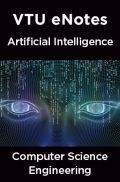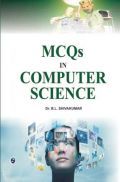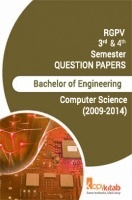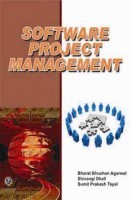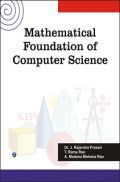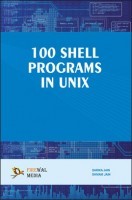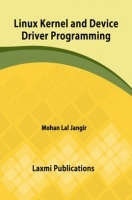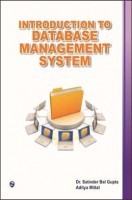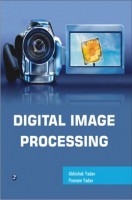This Third Edition, in response to the enthusiastic reception given by academia and students to the previous edition, offers a cohesive presentation of all aspects of theoretical computer science, namely automata, formal languages, computability, and complexity. Besides, it includes coverage of mathematical preliminaries.
NEW TO THIS EDITION
Expanded sections on pigeonhole principle and the principle of induction (both in Chapter 2)
A rigorous proof of Kleenes theorem (Chapter 5)
Major changes in the chapter on Turing machines (TMs) A new section on high-level description of TMs Techniques for the construction of TMs Multitape TM and nondeterministic TM
A new chapter (Chapter 10) on decidability and recursively enumerable languages
A new chapter (Chapter 12) on complexity theory and NP-complete problems
A section on quantum computation in Chapter 12.
KEY FEATURES
Objective-type questions in each chapterwith answers provided at the end of the book.
Eighty-three additional solved examplesadded as Supplementary Examples in each chapter.
Detailed solutions at the end of the book to chapter-end exercises.
This book is recommended in Kaziranga University, Nagaland, Tripura University, Tripura for Diploma in CSE, Cotton College State University, Guwahati for B.Sc. (Computer Science/IT), Gauhati University, Assam, Dibrugarh University, Assam, Assam Engineering College, Jorgat Engineering College, Assam, National Institute of Technology (NIT), Meghalaya, North Eastern Hill University, Meghalaya, Adamas Institute Of Technology, West Bengal, West Bengal State Council of Technical Education, West Bengal for Diploma in IT, West Bengal University of Technology for B.Tech (CSE), Centurion University, Odisha for M.Tech (CSE), NIT Patna, ISM Dhanbad, Bihar, BIT Mesra, Bihar, BIT Patna, Bihar, BIT Sindri, Dhanbad, NIT Jamshedpur, Aryabhat Knowledge University, Patna.
The book is designed to meet the needs of the undergraduate and postgraduate students of computer science and engineering as well as those of the students offering courses in computer applications.
Preface. Notations. 1. Propositions and Predicates. 2. Mathematical Preliminaries. 3. The Theory of Automata. 4. Formal Languages. 5. Regular Sets and Regular Grammars. 6. Context-Free Languages. 7. Pushdown Automata. 8. LR(k) Grammars. 9. Turing Machines and Linear Bounded Automata. 10. Decidability and Recursively Enumerable Languages. 11. Computability. 12. Complexity. Answers to Self-Tests. Solutions (or Hints) to Chapter-end Exercises. Further Reading. Index.







